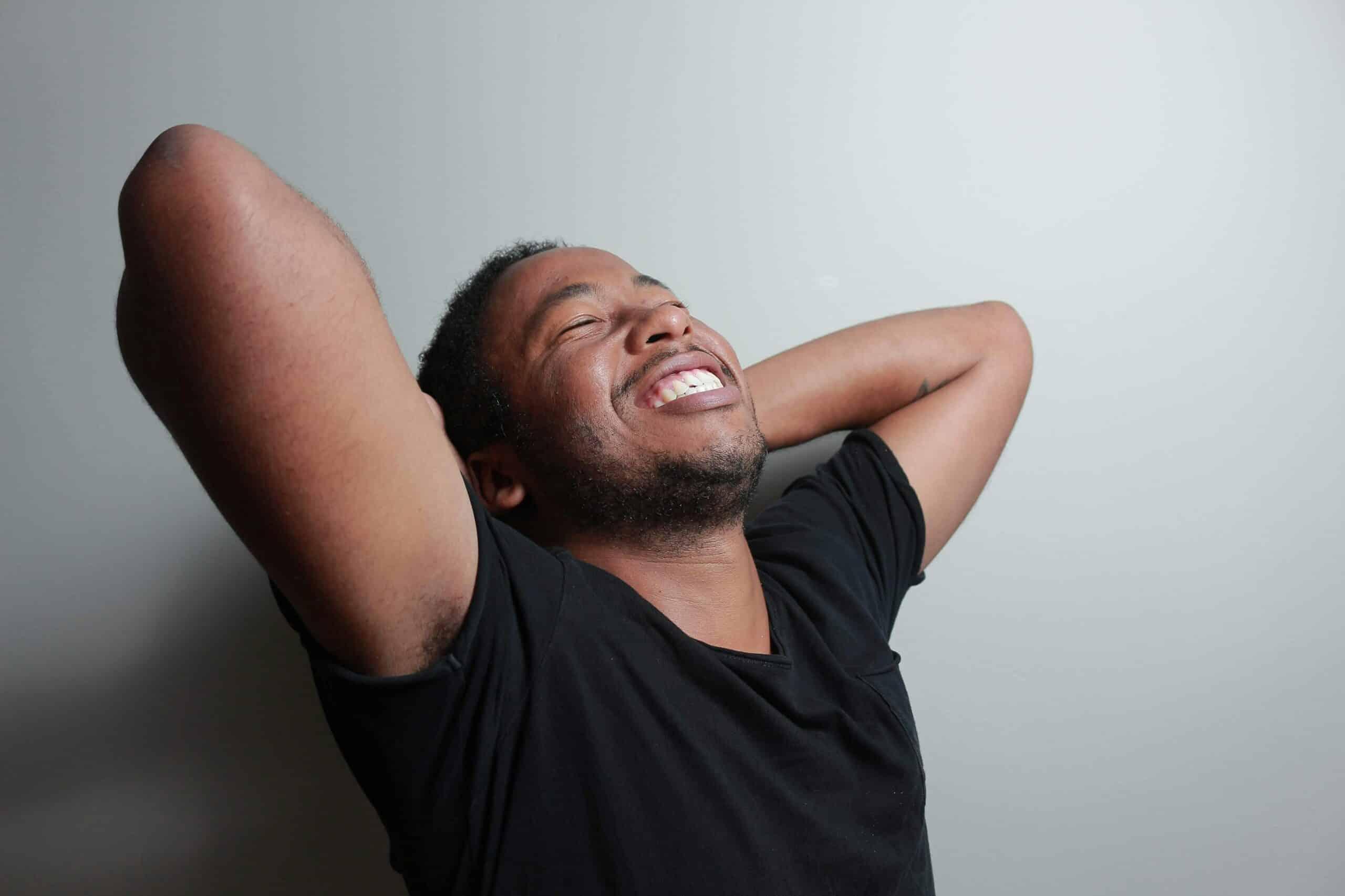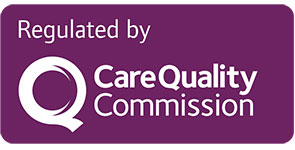With the new year in full swing, many of us turn our thoughts to our health and well-being, setting new fitness goals, such as joining the gym, walking more, and sticking to a weekly program. Will Kenton, Head of Physiotherapy at Teladoc Health UK, is often asked for top tips for training for long runs like a marathon. In this article, he shares his thoughts.
For many of us, it might be losing a few kilograms, improving strength and mobility, or simply feeling better about ourselves. If there’s anything we do know about exercise, it’s the huge benefits in reducing the risk of disease (up to 30% reduction in the risk of early death) and a whole host of other physical and mental health benefits.
For others, some of you will be in the thick of your London Marathon training, putting in the miles to prepare your body for a staggering 26.2-mile run around some of the most iconic parts of the capital.
What I love most about the London marathon is we typically all know somebody who has done it, whether it’s a family member, a colleague at work, or a neighbour across the road. They may have been one of those who ran the entire race in a costume! It never ceases to amaze me. Plus, a lot of money is raised yearly for many great causes.
Training for a marathon
Training for a marathon may seem impossible, especially if this is your first or you are relatively new to running.
As a Physiotherapist, you can probably imagine this time of year can be a busy time for us Physios, helping those who have picked up injuries or a niggle, as they progress through their training program.
What I will say, however, is that with the proper preparation and attitude, running a marathon is more attainable than you might think. I will share some top tips to keep you on track, help you stay injury-free, and be the best prepared before the race.
Physio tips for a great race
Preparation
Although this might seem obvious, it is an area where many runners fall short. Typically, marathon training can vary between 12-20 weeks. A beginner, for example, will need to be prepared in the range of 16-20 weeks. Slowly building cardiovascular fitness and stamina is key to peaking for the marathon, avoiding injury, and giving you the best possible success. Most marathon plans tend to follow a three-week taper. While this can vary from runner to runner, you’ll want to be sure you’re running less and recovering more during those final 21 days so your legs are fresh on race day.
Injuries
I’d be lying if I said runners and those training for a marathon don’t get injured, as they certainly can and often do. This links nicely with preparation – if you leave your training too late and aim to build up your volume too quickly, you may sustain an injury. If you have picked up a bit of niggle, don’t ignore it. Often, with the right advice and by discussing your concerns with a physiotherapist, we can help get you back on track. It is never advisable to continue to run through the pain, which may complicate your potential recovery and potentially hinder your chances of competing.
Footwear
Typically, it’s best to stick to what you know here. Don’t look to swap out your trainers the week before race day. Your feet have grown quite used to your regular runners, and significant changes here can result in knee pain, foot, and shins – you name it! If, of course, your footwear has fallen apart, replace it with a pair that is suitable for your foot type. Always try new running footwear before purchasing, and if possible, go to a specialist running shop. They’ll often let you try a few different pairs on a treadmill. If you do have to change footwear in the middle of your training plan, try to do a few shorter runs, to begin with and allow yourself time to become accustomed to the new trainers.
Rest/recovery
The more you exert yourself, the more time and rest your body requires to function at its best. Try not to neglect sleep during your training, as this is paramount. Reduce your alcohol intake if you possibly can, as drinking can compromise sleep and temporarily reduce your body’s ability to store glycogen, which is key for endurance. You’ll notice rest days on your training programme; don’t ignore these, as they are just as important as your running days – especially as you build up your mileage. Incorporate other activities into your program besides running – often low-impact exercises such as cross-training, swimming, and rowing can effectively build your fitness. Most good marathon training plans will highlight this.
On the day
The Marathon has arrived! A mixture of nervous energy and excitement will be the overriding emotion, but remember all the hard work you’ve put in to get to this point.
Aim to have breakfast at least 1-2 hours before running. Most people choose lighter options such as oatmeal or low-fibre cereals, bananas, yogurt, and juice.
Nobody can predict how certain conditions may impact you on the marathon day, but be prepared that warmer, humid weather will feel quite different from running in cool weather. You may need to adjust your pace if the weather is hotter than you anticipated on the day. Ensure hydration is not overlooked – even if you don’t feel that thirsty. If you’ve used gels or energy tablets in your training, make plans to utilise these on race day.
Last but not least – good luck! You never know – if it’s your first time, you may get the marathon running bug!









